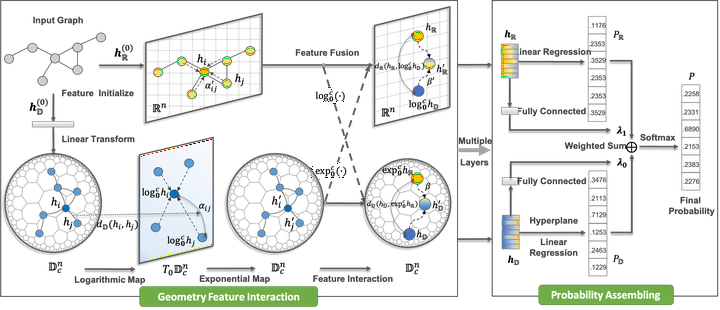Graph Geometry Interaction Learning

Abstract
Here we develop we develop a novel Geometry Interaction Learning (GIL) method for graphs, a well-suited and efficient alternative for learning complex geometric properties real-world graphs. Our method endows each node the freedom to determine the importance of each geometry space via a flexible dual feature interaction learning and probability assembling mechanism. Furthermore, our method endows each node the freedom to determine the importance of each geometry space via a flexible dual feature interaction learning and probability assembling mechanism. Promising experimental results are presented for five benchmark datasets on node classification and link prediction tasks.
Type
Publication
In the 34th Conference on Neural Information Processing Systems